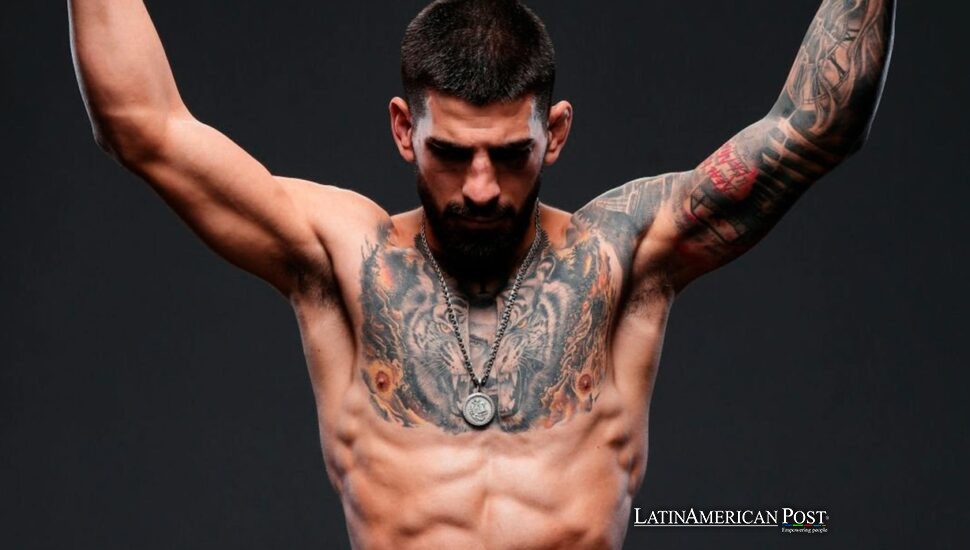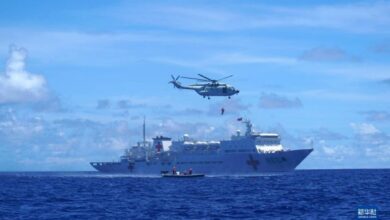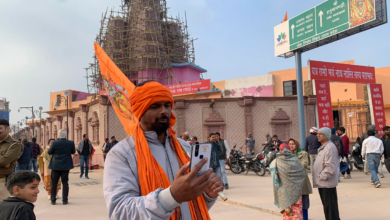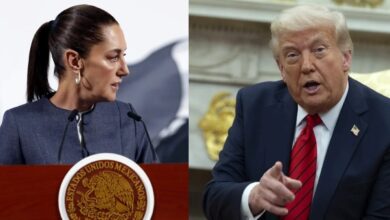Blood, Pride, and Punches: UFC’s Wild Ride Through Latin America

The UFC invests heavily in Latin America, and the basis is substantial. Intense fighters are wild fans next to brutal fights, shocking viewers. They exist in that area, but it does more than grow in mixed martial arts—it can lead to battle.
Latin Grit Meets the Octagon
The Latin American region has long been interested in fighting. The area cultivates tough people, not showy ones, from rough boxing places in Sinaloa to hazy workout facilities in Buenos Aires. When the UFC arrived carrying hand coverings and photographic equipment, Latin America responded aggressively—it made counterpunches.
But Mexico began that push. When The Ultimate Fighter: Latin America hit screens in 2014, fans were treated to raw, unapologetic mayhem. It involved more than just kicks and takedowns—it centered on honor. That year produced a tough, youthful fighter named Yair Rodríguez from Chihuahua. He then delivered a spinning back elbow. It extinguished his rival’s consciousness and changed him into a star. Each Rodríguez contest resembles a blend of a mariachi band and a war zone.
Brandon Moreno is a well-loved flyweight with mighty fists. He progressed past the UFC’s harsh levels and gained the world title. In a close battle with Deiveson Figueiredo, Moreno caused audience members to rise. His third-round submission resonated throughout Tijuana—a sound like church bells each Sunday. Covered in blood but joyous, Moreno demonstrated that Mexican fighters exist outside boxing. They remain thorough MMA monsters.
Consider Marlon “Chito” Vera, the Ecuadorian representative. Chito battles with intense passion. His 2022 knockout against Dominick Cruz – a sharp left head kick that felled Cruz – showed his ability. He does more than merely compete with skilled athletes – he defeats them. The San Diego audience did not expect it that evening, but Chito did – his subsequent loud sound came directly from the Andes.
Building Beasts, Not Just Brands
UFC is intelligent—it anticipated interest from Latin America and acted to intensify it. In February 2023, the company introduced a modern UFC Performance Institute in Mexico City, which differs from a typical gym. It serves as a fighter development hub—it provides scientists, nutrition experts, coaches, revitalization technology, and all the instruments required to develop inexperienced combatants into elite competitors.
The aim is to access innate Latin potential and improve it substantially—much like sharpening a basic tool. Fighters from Argentina, Peru, Colombia, and beyond now have a pipeline straight into UFC glory. Kids who once watched Royce Gracie on grainy VHS tapes are now drilling wrestling takedowns, and Muay Thai clinches under the UFC banner. These combatants are ventures – the UFC seeks to transform them into well-known individuals.
In the meantime, UFC GYM locations will increase across the land. Bogotá, Buenos Aires, plus Santiago are all ready to begin. People do martial arts moves – they might want a win. Some watch fights next to they show aspects of them in their daily life.
Consider the money. UFC coupled with gambling firms like Stake.com to retain viewers’ attention plus access their finances. Because Latin America displays affection for soccer – MMA creates a strong bid for that audience.
Latino Stars with Fists and Fire
The UFC knows it needs more than fights—it needs faces. Latin America’s lineup could sell out stadiums.
Yair “El Pantera” Rodríguez isn’t just flashy; he’s unpredictable in the most violent way. His bouts are chaos ballets. That elbow he landed on Chan Sung Jung with one second left? It wasn’t luck—it was magic. That movie should be hanging in the Louvre.
Then there’s Brandon Moreno, every bit the gentleman outside the cage but a hurricane inside it. The series with Figueiredo included four events – a memorable run. Each one seemed more challenging than the previous competition. Moreno presented skill in grappling. He fought with sharp strikes. His courage was significant.
Vera seems like a strong rival. In his match against the respected American fighter O’Malley, Vera pressured him and diminished O’Malley’s success. This moment brought particular satisfaction for any underdog who entered the ring. After this win, Vera advanced in the rankings and became a title contender, and this enhanced Ecuador’s importance in MMA history.
These fighters are more than individuals—they represent their nations’ spirit. During a fight, the whole city stops. When a fighter wins, the country celebrates. But the UFC owns more than stars—these athletes are hard warriors who carry their national flags with pride and are backed by fervent fans.
Latin America’s Octagon Takeover
UFC has more than a passing interest in Latin America; instead, it establishes itself there and looks for sizable arenas. By 2025, the group intends to hold almost twenty global competitions each year, and Latin America is a high priority. Mexico City, São Paulo, and Buenos Aires are more than just locations—they are essential for UFC’s growth.
The formula’s simple but deadly effective: create local legends, headline them in homegrown cards, and let the fireworks fly. It worked with Conor McGregor in Dublin. Now it’s working in Mexico with Moreno and Rodríguez, and soon, Vera might headline in Quito or Guayaquil. When that happens, expect the streets to be filled with horns, flags, and maybe a few celebratory right hooks.
A real UFC leader and Argentina, a place with abundant talent and passionate fans, may see more performance centers open. UFC wants to establish a base. The plan features the creation of a firm method to form strong competitors—these competitors will possibly beat current winners. Financial struggles, government rules, and money issues present definite dangers in areas such as Argentina and Brazil. But if UFC understands anything, it understands how to adjust and push past the disorder.
Also Read: South America Copa Libertadores 2025 Reignites Rivalries and Legendary Competitions
Streaming platforms and mobile access are also doing the heavy lifting. Younger Latin enthusiasts watch YouTube and TikTok, in addition to UFC Fight Pass. The next generation does more than watch—their involvement is great. MMA is a usual sport now—it is a main event.
Latin America Isn’t Coming—It’s Already Here
The Ultimate Fighting Championship’s (UFC) rise in Latin America isn’t a guess—it occurs presently. Solid knockouts and massive monetary investments show the area is the new center for mixed martial arts (MMA) growth. Latin America earns acceptance given its severe combat traditions, lively contestants, and keen fans. It requires discourse. At the moment the metal barrier closes in Tijuana, Rio, or Quito, a fighter loses consciousness. The UFC lit the fuse. Latin America is bringing fireworks.





